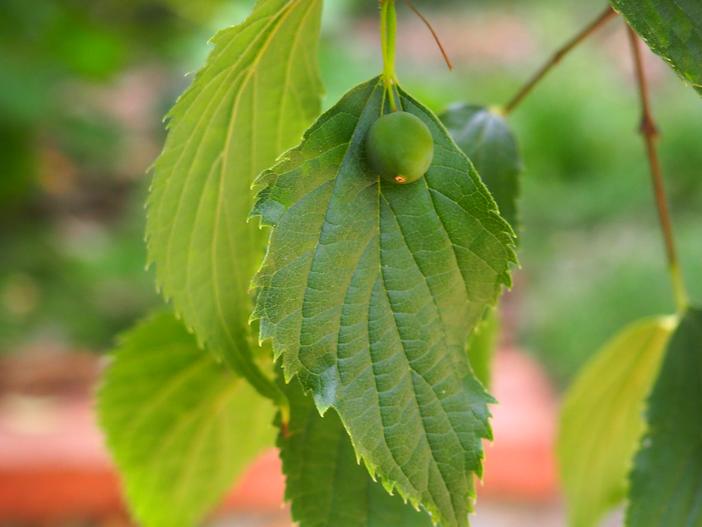European Nettle Tree
(Celtis australis)
European Nettle Tree (Celtis australis)
/
/

Teresa Grau Ros
CC BY-SA 2.0
Image By:
Teresa Grau Ros
Recorded By:
Copyright:
CC BY-SA 2.0
Copyright Notice:
Photo by: Teresa Grau Ros | License Type: CC BY-SA 2.0 | License URL: https://creativecommons.org/licenses/by-sa/2.0/ | Uploader: tgrauros | Publisher: Flickr












































































Estimated Native Range
Summary
Celtis australis, commonly known as European Nettle Tree, is a deciduous tree native to a variety of habitats, including open woodlands, forest edges, and riparian zones within the Mediterranean region. It can reach up to 25 meters in height under optimal conditions, but typically grows to about 10 meters in cooler climates. The tree is characterized by its smooth, grey bark that resembles elephant skin and its small, dark-purple berry-like drupe, about 1 cm wide, which hangs in short clusters and is edible. The European Nettle Tree’s flowers are inconspicuous, small, green, and apetalous, being wind-pollinated and perfect, meaning they contain both male and female reproductive organs. Flowering occurs in the spring.
The European Nettle Tree is valued for its longevity and resistance to air pollution, making it an excellent choice for urban planting and street trees. It also provides ecological benefits by supporting local wildlife with its fruit. The tree’s adaptability to different soil types, including sandy and loamy soils, and its drought tolerance are notable, although it does not fare well in shaded conditions. It thrives in the Mediterranean climate but can also withstand the cooler temperatures of USDA Zone 7B. In cultivation, it requires full sun exposure, moderate watering, and well-drained soil with slow to medium drainage rates.CC BY-SA 4.0
The European Nettle Tree is valued for its longevity and resistance to air pollution, making it an excellent choice for urban planting and street trees. It also provides ecological benefits by supporting local wildlife with its fruit. The tree’s adaptability to different soil types, including sandy and loamy soils, and its drought tolerance are notable, although it does not fare well in shaded conditions. It thrives in the Mediterranean climate but can also withstand the cooler temperatures of USDA Zone 7B. In cultivation, it requires full sun exposure, moderate watering, and well-drained soil with slow to medium drainage rates.CC BY-SA 4.0
Plant Description
- Plant Type: Tree
- Height: 40-70 feet
- Width: 40-50 feet
- Growth Rate: Moderate
- Flower Color: N/A
- Flowering Season: Spring
- Leaf Retention: Deciduous
Growth Requirements
- Sun: Full Sun
- Water: Medium
- Drainage: Slow, Medium
Common Uses
Bee Garden, Bird Garden, Butterfly Garden, Deer Resistant, Drought Tolerant, Edible*Disclaimer: Easyscape's listed plant edibility is for informational use. Always verify the safety and proper identification of any plant before consumption., Hummingbird Garden, Low Maintenance, Street Planting
Natural Habitat
Native to open woodlands, forest edges, and riparian zones within the Mediterranean region
Other Names
Common Names: Lote Tree, Mediterranean Hackberry, Nettletree, Sindha Taga, Honeyberry, European Hackberry, Netelboom, Südlicher Zürgelbaum, Europäischer Z., Fanalrigon
Scientific Names: , Celtis australis,
GBIF Accepted Name: Celtis australis L.